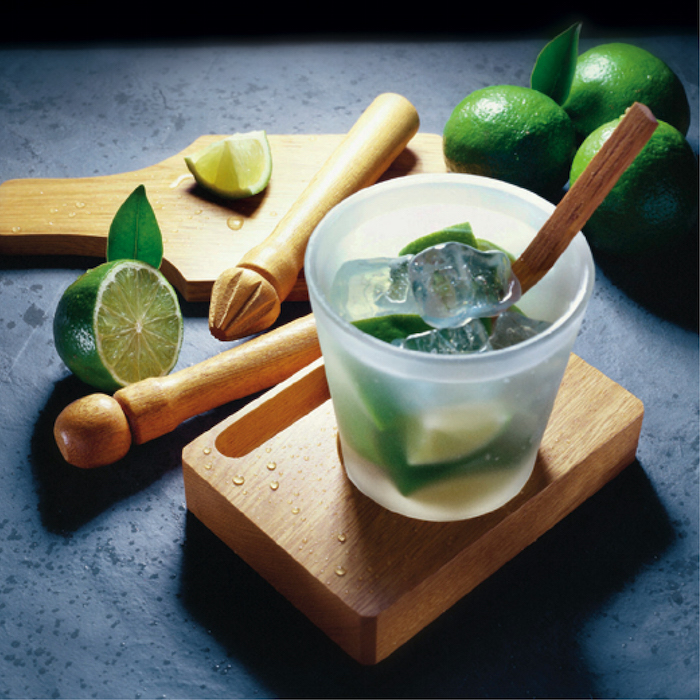Sip, sip, cheers! Take your guests on a tour around the world by serving up these well-travelled cocktails.
Ouzo, Greece/Cyprus
Produced exclusively in Greece and Cyprus, this aniseed-flavoured aperitif has a minimum alcohol content of 37.5% – and many brands go even higher. It is best to follow local custom and enjoy it with some meze to line your tummy.
Sangria, Spain
The wine punch that has spread its roots globally has its origin in the hot summer climes of Spain. A mixture of wine, chopped fruit, sugar and brandy served with ice, it’s cooling, with the low alcohol content making it suitable for sipping during long afternoons outside in the sunshine. Try it with red or white wine – both work equally well.
Caipirinha, Brazil
You’d expect Brazil’s national drink to be as fun and festive as the colourful nation – and it doesn’t disappoint. Made from Cachaça (the sugar-cane rum that is itself a contender for national drink), sugar and fresh lime, it’s a refreshing cocktail. It also led to the popular caipiroska, which uses vodka instead of Cachaça.
Mojito, Cuba
As Cuban as cigars and Fidel Castro, the mojito is made from lime juice mashed with sugar (originally sugar-cane juice) and mint leaves, then topped with rum, ice and soda water. It’s the perfect drink to sip looking out over an ocean vista while brushing up on some Hemingway.
Aquavit, Sweden
Though this alcohol is produced across Scandinavia, Sweden churns out the largest amount of it. Aquavit is distilled from fermented potatoes or grain and is usually flavoured with caraway or cumin seeds. The name derives from Latin, meaning ‘water of life’ – which is amusing when you consider how strong this spirit is (at 45% alcohol) and that it’s traditionally consumed neat.
Pisco Sour, Peru
This frothy Peruvian cocktail is made with pisco, a grape brandy developed by Spanish settlers back in the 16th century. Pisco is rather strong, so mixing it with lime juice, egg white, sugar syrup and Angostura bitters makes for a refreshing drink unique to this South American country.
Mescal, Mexico
Also made from species of the agave plant, but not as widely produced as tequila, mescal has its own protected designation of origin status. The agave plant hearts are baked in underground pits before being mashed, fermented and distilled. The alcohol is then aged in wooden barrels for a year or more, depending on the quality. Mescal is perhaps best known for the gusano or worm in the bottle – a trademark that tequila never has.
Absinthe, France
While France and wine may have a more obvious connection, absinthe was the drink of choice for the artists and writers living the Bohemian life in Paris in the late 19th and early 20th centuries. It was eventually prohibited due to its exaggerated side effects (no, it won’t make you go crazy). Recently unbanned, this aniseed-flavoured drink has a collection of botanical ingredients offering a very distinctive spirit to savour slowly.




